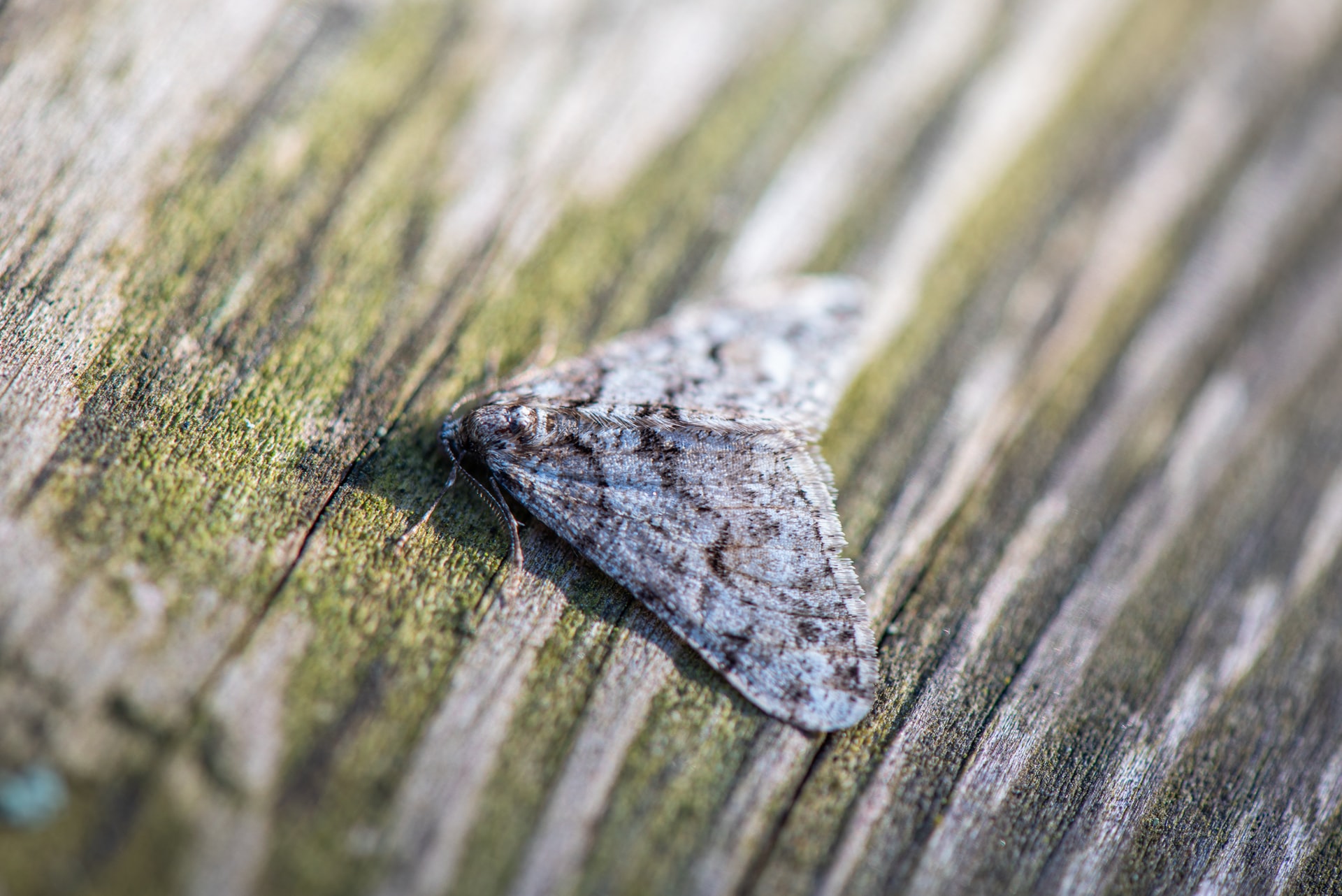Samantha Himegarner
Jillian Holbrook
AP Biology 🧬
358 resourcesSee Units
Natural selection is a process that occurs in nature whereby organisms that are better adapted to their environment are more likely to survive and reproduce. Essentially, heritable variations lead to differential reproductive success. As environments change, selective pressure favors organisms with adaptations that have increased fitness benefits. This process helps to shape the characteristics of a population over time and can lead to the evolution of new species.
Phenotypic Variation
Just to recap: we know that natural selection can change the phenotypic ratios of a population in order to make them stronger. That is great! But what does it mean?
A phenotype is an observable trait of any individual. For example, a human’s hair or eye color is a phenotype.
Each population will have a variety of individual phenotypes known as phenotypic variations. For example, while blonde and brown hair types seem to be more common, there is a phenotype for red hair in humans as well. While hair color does not necessarily aid in our general survival skills, there are specific phenotypes in nature that do allow for advantages in certain populations. In our camouflage example, let’s look at peppered moths.

Image courtesy of Unsplash.
Peppered Moths
Originally, peppered moths were white with some black speckles on their wings, which helped them blend into their environment. The light form of the peppered moth was less visible against the light-colored lichens and trees that were common in rural areas in England during the early 19th century. However, after the Industrial Revolution, soot-darkened trees in industrialized areas made the light peppered moths visible to bird predators.
Due to a (random) mutation, an individual in the population had completely dark wings. In the new environment, this dark form of the peppered moth now blended into the trees covered in soot, leading to an increase in fitness. With higher fitness, the dark form of the peppered moth had an increased likelihood to survive and reproduce, passing on the heritable trait of dark coloring to its offspring. Over time, the population adapted to the industrialized environment through an increase in the allele frequency for darker coloring in industrialized areas.
The story of the peppered moth is an excellent example of natural selection and how selective environmental pressures can influence the evolution of a species. As the dark form of the peppered moth survived to reproduce, it passed its "dark-coloring" gene onto its offspring in a pattern that continued until the population changed almost entirely. However, had the environment not changed, the mutated dark peppered moth most likely would have died, as well as any offspring, and the phenotype would not have taken over the population.
Through evolution by natural selection, the frequency of different traits in a population can change over time as species shift with the environments they live in!
Check out the AP Bio Unit 7 Replays or watch the 2021 Unit 7 Cram
Browse Study Guides By Unit
🧪Unit 1 – Chemistry of Life
🧬Unit 2 – Cell Structure & Function
🔋Unit 3 – Cellular Energetics
🦠Unit 4 – Cell Communication & Cell Cycle
👪Unit 5 – Heredity
👻Unit 6 – Gene Expression & Regulation
🦍Unit 7 – Natural Selection
🌲Unit 8 – Ecology
📚Study Tools
🧐Exam Skills

Fiveable
Resources
© 2025 Fiveable Inc. All rights reserved.